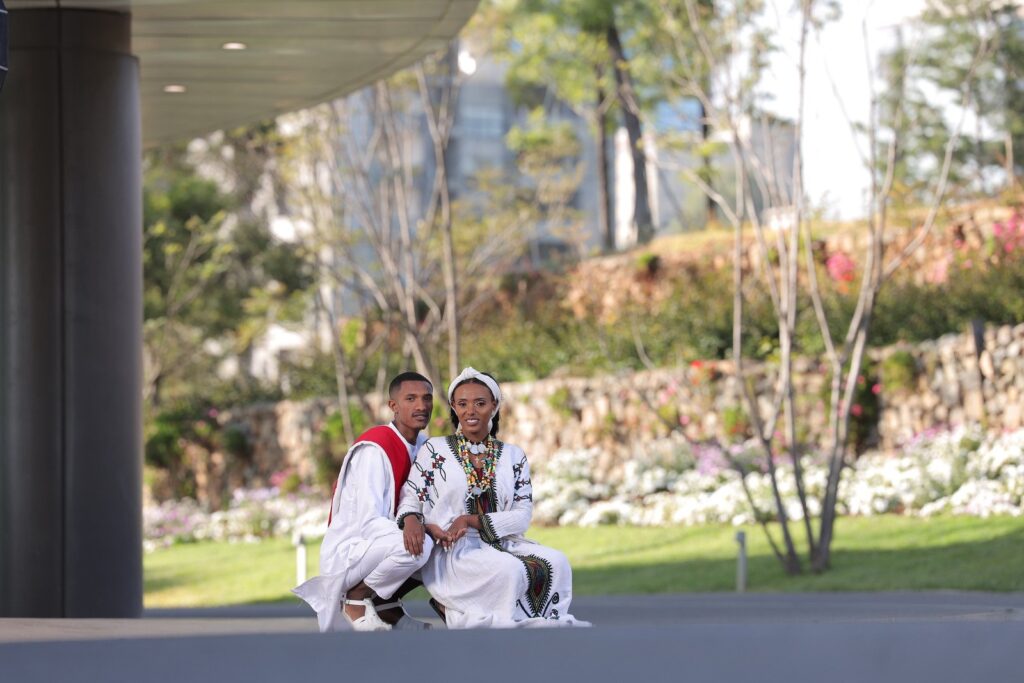A Timeless Tapestry: Ethiopia Unveiled
Ethiopia, an African gem steeped in history and culture, invites travelers on an extraordinary journey. From the ancient rock-hewn churches of Lalibela to the vibrant city of Addis Ababa, this enigmatic country offers a captivating blend of spirituality, tradition, and natural beauty.
Lalibela: The Eighth Wonder of the World
Lalibela, a UNESCO World Heritage Site, is home to a collection of eleven monolithic churches carved directly from solid rock. These subterranean marvels are a testament to the ingenuity and faith of the Ethiopian people.
- Bet Medhane Alem: The largest of the churches, Bet Medhane Alem is a breathtaking example of architectural mastery.
- Bet Giorgis: Shaped like a cross, Bet Giorgis is considered one of the most beautiful churches in Lalibela.
- Spiritual Experience: Attend a religious service to witness the profound devotion of the Ethiopian Orthodox faithful.
Aksum: The Birthplace of a Civilization
Aksum, an ancient city with a rich history, was once a powerful kingdom. Its ruins offer a glimpse into Ethiopia’s glorious past.
- Stelae of Aksum: Marvel at the towering obelisks, symbols of the kingdom’s power and prosperity.
- Queen of Sheba’s Palace: Explore the remnants of this legendary queen’s palace, shrouded in myth and legend.
- Archaeological Discoveries: Immerse yourself in the history of this ancient civilization through museum exhibits.
Gondar: The Ethiopian Camelot
Gondar, the former imperial capital, boasts a fascinating blend of history and culture. Its well-preserved castles and churches offer a glimpse into the kingdom’s golden age.
- Fasil Ghebbi: Explore the impressive castle complex, a UNESCO World Heritage Site, and admire its intricate architecture.
- Royal Enclosure: Discover the private quarters of the Ethiopian emperors, offering a glimpse into royal life.
- Simien Mountains National Park: Embark on a trek through the stunning Simien Mountains, home to unique wildlife and breathtaking landscapes.
Ethiopian Highlands: Nature’s Majesty
Ethiopia’s highlands offer breathtaking scenery, with rolling hills, deep valleys, and lush forests.
- Bale Mountains National Park: Encounter rare wildlife, including the Ethiopian wolf and the mountain nyala.
- Coffee Plantations: Learn about the process of coffee production on a visit to a local plantation.
- Traditional Villages: Experience the warm hospitality of the Ethiopian people in remote villages.
Ethiopian Culture: A Tapestry of Traditions
Ethiopia’s rich cultural heritage is reflected in its music, dance, and cuisine.
- Ethiopian Cuisine: Savor the unique flavors of injera, a spongy flatbread, served with various stews and vegetable dishes.
- Coffee Ceremony: Participate in the traditional coffee ceremony, a social ritual enjoyed by Ethiopians.
- Music and Dance: Experience the vibrant rhythms of Ethiopian music and dance, often accompanied by traditional instruments.
Planning Your Ethiopian Adventure
To make the most of your Ethiopian journey, consider the following:
- Best Time to Visit: October to March is the dry season, offering the best weather for sightseeing.
- Accommodation: Choose from a wide range of options, from budget-friendly guesthouses to luxury hotels.
- Transportation: Domestic flights and overland travel are available for exploring the country.
- Packing: Pack comfortable clothing, sturdy shoes, and appropriate attire for visiting religious sites.
Conclusion
Ethiopia, a land of ancient mysteries and breathtaking landscapes, offers a truly unforgettable experience. From the awe-inspiring rock-hewn churches to the vibrant culture, this African gem will captivate your heart and soul.
[Insert high-quality images of various Ethiopian locations and experiences]
[Include relevant keywords for SEO, such as Ethiopia, Lalibela, Aksum, Gondar, Ethiopian culture, history, travel]
[Add internal and external links to relevant articles or websites]
[Consider adding a call to action, such as encouraging readers to subscribe to a newsletter or follow on social media]
Would you like to focus on a specific region or aspect of Ethiopian culture for a more in-depth article?






